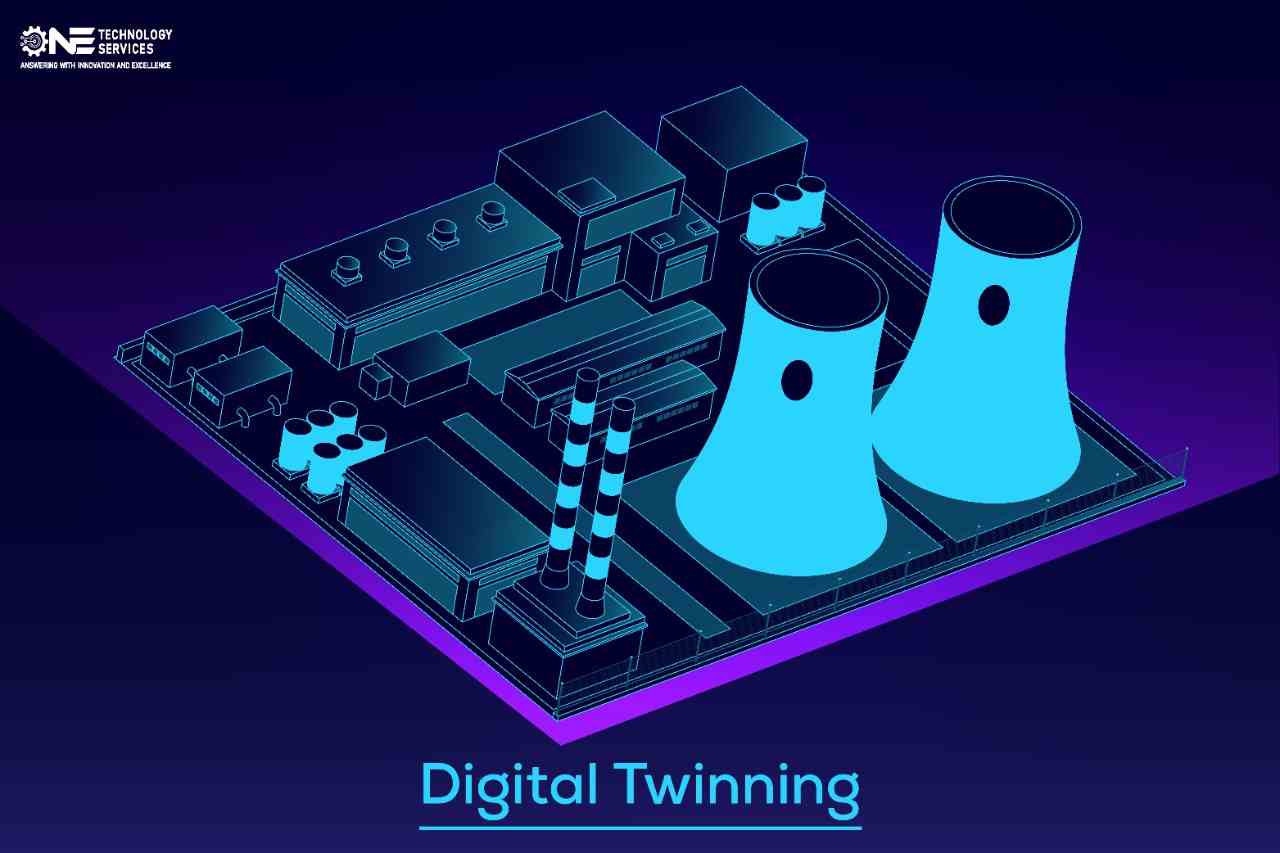The rise of Digital Twin Technology has transformed industries by offering real-time insights, predictive analytics, and enhanced operational efficiency. With the integration of IoT (Internet of Things), digital twins have become even more powerful, enabling businesses to simulate, monitor, and optimize physical assets in real time.
In this blog, we’ll explore what digital twin technology is, its connection with IoT, its benefits, and why it is crucial for modern enterprises.
What is Digital Twin Technology?
A Digital Twin is a virtual representation of a physical object, system, or process that mirrors real-world conditions in real time. This model allows businesses to analyze performance, identify inefficiencies, predict failures, and optimize operations.
Key Components of a Digital Twin System
A complete Digital Twin system consists of:
- Physical Asset – The real-world machine, system, or infrastructure being replicated.
- Digital Model – A virtual replica of the asset that simulates its behavior.
- Data Connectivity – Sensors, IoT devices, and software that gather and transmit data.
- Analytics & AI – Machine learning algorithms that analyze data for insights and decision-making.
- User Interface – Dashboards, reports, and visualization tools for monitoring and management.
How IoT Powers Digital Twin Technology
The Internet of Things (IoT) plays a crucial role in enabling digital twins. IoT sensors installed in physical assets continuously collect and transmit real-time data to digital twin models. This creates a dynamic, data-driven environment where businesses can monitor and control their operations remotely.
How IoT Enhances Digital Twin Capabilities
- Real-Time Data Flow – IoT-enabled sensors provide live data updates, improving accuracy.
- Predictive Maintenance – IoT and AI analyze patterns to predict equipment failures before they occur.
- Remote Monitoring & Control – Enterprises can manage systems from anywhere, reducing downtime.
- Improved Decision-Making – AI-driven insights from IoT data allow for smarter business strategies.
Benefits of Digital Twin Technology in IoT-Driven Businesses
1. Predictive Maintenance & Reduced Downtime
Digital twins, combined with IoT, forecast potential failures before they happen. This helps businesses prevent costly breakdowns, schedule timely maintenance, and extend asset lifespan.
2. Enhanced Operational Efficiency
By continuously monitoring real-world performance, digital twins help optimize workflows, reduce energy consumption, and improve efficiency across industries like manufacturing, healthcare, and logistics.
3. Cost Savings & Resource Optimization
Predicting failures and optimizing operations results in significant cost savings. Businesses can minimize waste, use resources efficiently, and reduce unnecessary expenses.
4. Smart Product Development
Companies can simulate product performance in virtual environments before manufacturing, ensuring design flaws are identified early and reducing time-to-market.
5. Sustainability & Energy Management
Digital twins allow for better energy management, reducing carbon footprints by optimizing power usage in industries like smart cities, transportation, and industrial automation.
Industries Benefiting from Digital Twin & IoT Integration
- Manufacturing – Optimizing production lines, improving quality control, and minimizing machine failures.
- Healthcare – Simulating patient conditions, personalizing treatments, and predicting medical device performance.
- Automotive & Aerospace – Designing safer vehicles and aircraft by simulating wear and tear.
- Smart Cities – Managing traffic, water supply, and energy distribution efficiently.
- Construction & Infrastructure – Monitoring building structures and enhancing safety standards.
Future of Digital Twin Technology and IoT
As AI, 5G, and Edge Computing continue to advance, the role of digital twins will grow significantly. In the future, businesses will leverage hyper-realistic simulations, autonomous decision-making, and enhanced cybersecurity measures in digital twin environments.
Final Thoughts
Digital Twin Technology, powered by IoT, is revolutionizing industries by enhancing efficiency, reducing costs, and enabling predictive insights. Businesses adopting digital twins gain a competitive edge by leveraging real-time data, automation, and AI-driven analytics.
For companies looking to integrate Digital Twin and IoT into their operations, One Technology Services provides expert consultation and implementation solutions. With our cutting-edge expertise, we help businesses unlock the full potential of Industry 4.0 technologies and drive digital transformation.
Are you ready to explore the power of Digital Twin Technology? Contact One Technology Services today.
